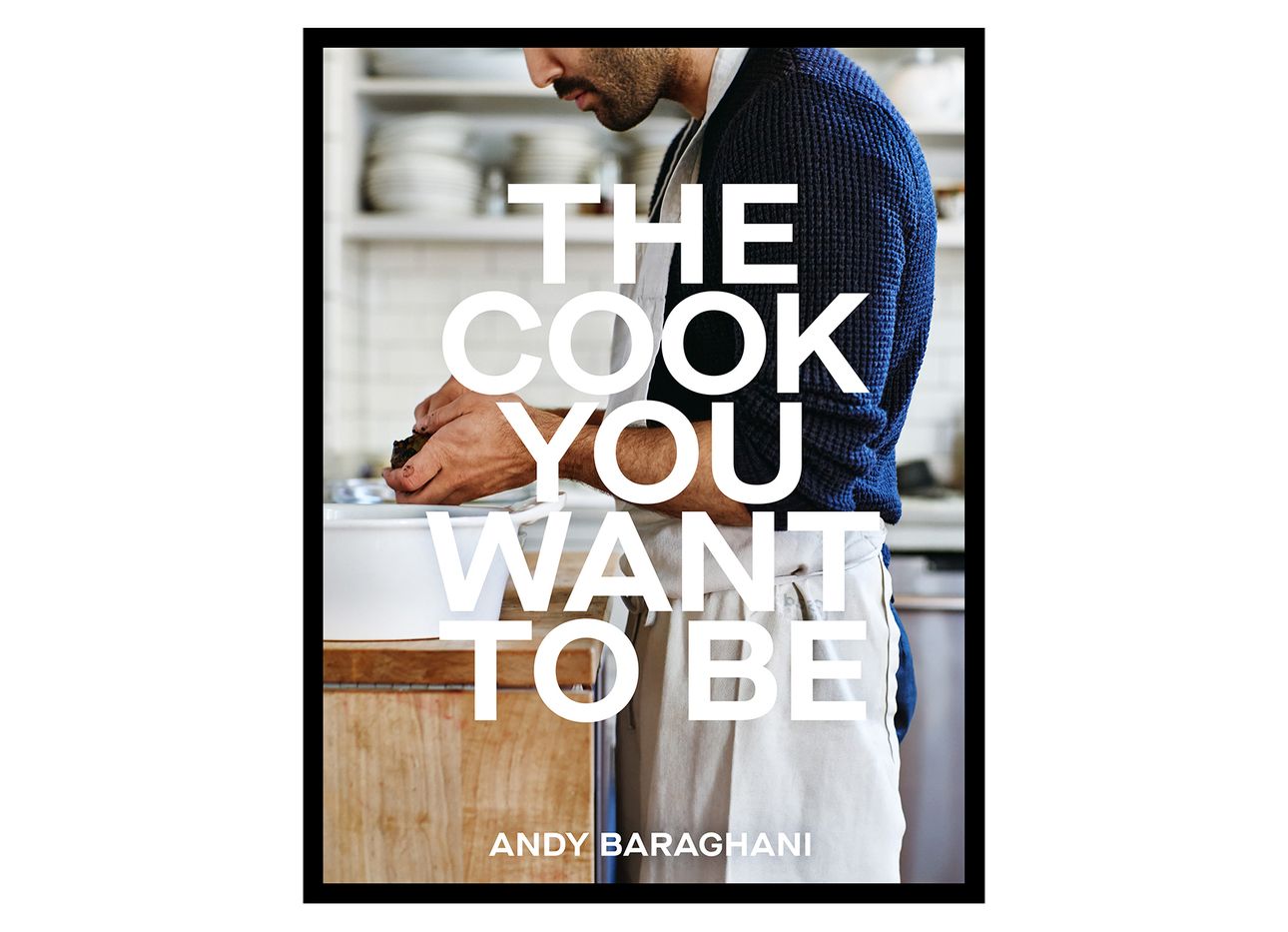
Why Andy Baraghani’s New Cookbook Is Going to Become Our 2022 Go-To
Some culinary figures occupy the seemingly untouchable space of greats who prepare dishes as ambrosia. Chef Andy Baraghani, though, belongs to a legion of top-notch cooks who feel closer to the earth, readily leveling with audiences to guide them in making tasty, sophisticated staples with approachable instructions. His debut cookbook, out next month, carries that warmth in its title, The Cook You Want to Be: Everyday Recipes to Impress (Lorena Jones Books).
Baraghani’s oeuvre has long been about elevating the ordinary. The chef, the son of Iranian immigrants who was raised in the Bay Area, began his career working at Berkeley’s Chez Panisse and at New York’s Estela, then began writing about food and developing recipes for test kitchens at such publications as Saveur, Tasting Table, and Bon Appétit—the latter at which he introduced viral dishes and developed a cult following, including Gen Zers and older adults alike, through his test-kitchen videos that let his charisma and food knowledge shine. To much of the internet, he’s an unbothered queer icon with surgeon-level knife skills.
His cookbook reads like a love letter to cooking. Baraghani, a fresh-vegetable lover, organizes its 100-plus recipes with both the wry touch of a jokester and the intimacy of a grandmother. One section, “Grains, Pastas, Cheap Happiness,” outlines simple yet hearty recipes including Cold Soba with Lemony Peanut and Crunchy Veg; while another, “Fish, I Love You,” instructs readers in making Sticky, Spicy Basil Shrimp and Butter-Slathered Whole Fish with Jammy Fennel. “Start (Or End) Your Day With an Egg” demonstrates how the food can be enjoyed well beyond breakfast, with recipes spanning Chile-Stained Fried Eggs to Kuku Sabzi, a Persian herb frittata.
Baraghani also includes cooking tips and tricks, such as how to pick chives by observing which stems stand up best, why marinating mixtures in the fridge boosts flavor, and the difference between fine, flaky, and kosher salt. His signature sense of simplicity is apparent throughout, encouraging readers that they can make memorable meals for all occasions and times of day—no fancy equipment required. “You don’t need a tomato knife; you need a sharp knife,” he writes. “You don’t need a juicer; you have hands. Use them.”